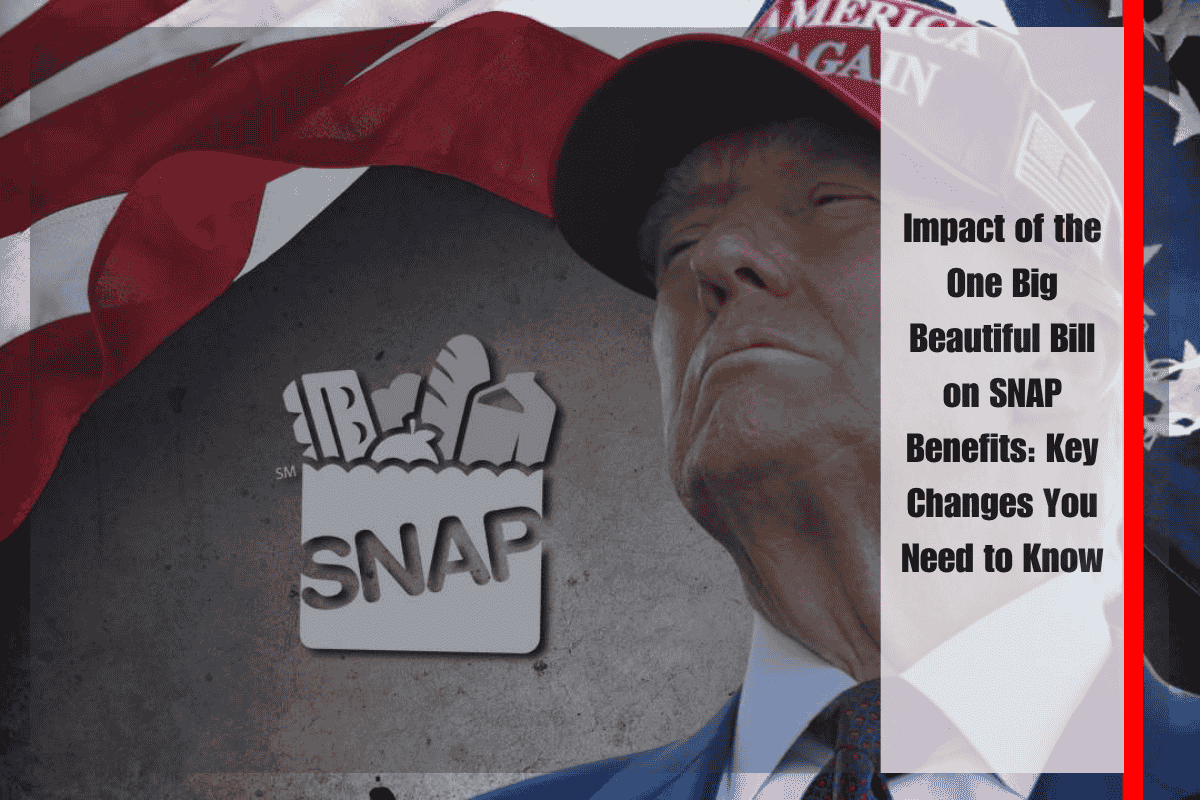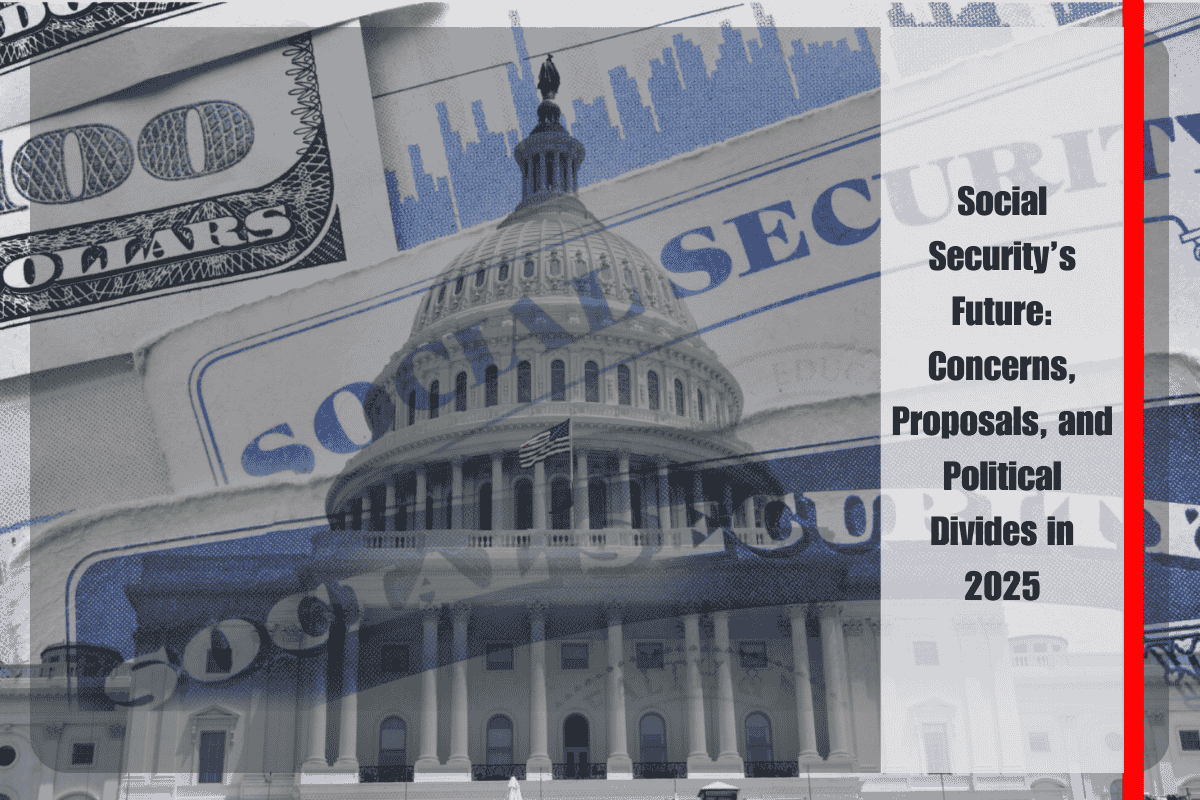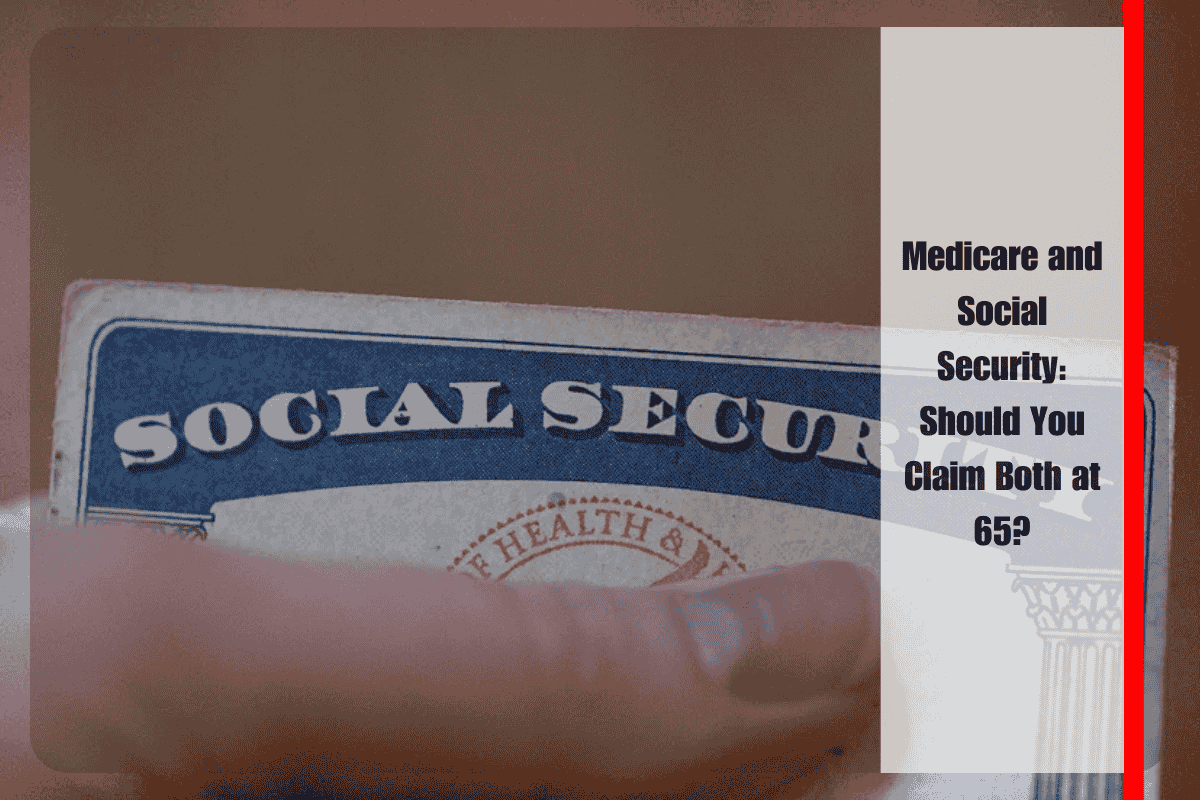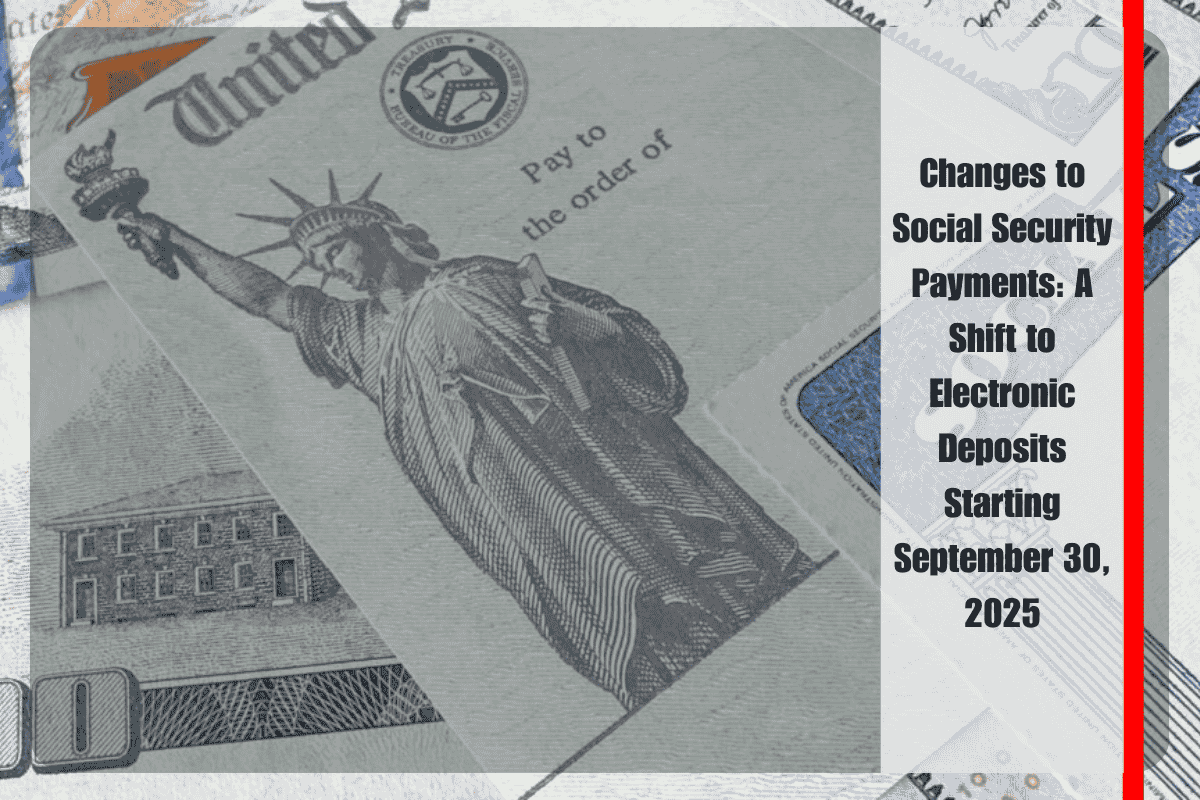The “One Big Beautiful Bill” legislative package, approved as part of broader social spending and tax reforms, includes significant changes to the Supplemental Nutrition Assistance Program (SNAP). With proposed cuts of $186 billion between 2025 and 2034, these changes will directly affect the nearly 42 million current recipients of SNAP. Here’s a breakdown of the key changes you should be aware of as a SNAP beneficiary, so you can take necessary precautions.
Key SNAP Reforms in the One Big Beautiful Bill
The One Big Beautiful Bill combines tax cuts, including extensions of the 2017 tax reforms, with cuts to social programs like Medicaid and SNAP. The bill is designed with a focus on deficit reduction and the idea of increasing individual responsibility, particularly when it comes to government assistance programs like SNAP.
The bill outlines $186 billion in SNAP cuts from 2025 to 2034, and it introduces several structural reforms that would shift much of the financial responsibility from the federal government to state governments.
Reduction in Federal Funding and Increased State Responsibility
One of the most significant changes in the bill is the reduction in federal funding for SNAP. States would be required to cover up to 25% of the costs for providing benefits, something that is currently entirely funded by the federal government. This shift will place a burden on state budgets, forcing local governments to find ways to make up for the funding gap, which may lead to increased taxes or cuts in other services.
Additionally, state administrative funds for running SNAP would drop from 50% to 25%, leading to a larger tax burden on local communities. This could make it harder for some states, especially those with fewer resources, to manage the program effectively.
Expanded Work Requirements
The bill also expands work requirements for certain SNAP recipients. Under the new rules, childless adults and parents with children over the age of 14 will need to work 80 hours per month or participate in job training programs in order to continue receiving benefits. This change extends the work requirement to individuals aged 55 to 64, who were previously exempt.
These expanded requirements would affect groups of people who were not previously required to report their employment status, such as older adults or those with certain disabilities. As a result, more people may be forced to either find work or lose access to benefits.
Eligibility Restrictions for Immigrants
The bill introduces a tightening of eligibility criteria, limiting access to SNAP to only U.S. citizens and legal permanent residents. Migrants with pending administrative status or temporary permits would no longer be eligible for benefits. Proponents of the bill, including former President Trump, defend this change as a way to prevent fraud from individuals who should not be receiving assistance.
However, critics argue that this change could lead to food insecurity in immigrant communities, as many may be excluded from the program despite their financial needs.
Freezing Benefit Adjustments and Loss of Purchasing Power
Another significant aspect of the bill is the freeze on inflation adjustments to SNAP benefits. The automatic inflation increases in the Thrifty Food Plan—which typically adjust benefits based on the cost of living—would be halted. As a result, SNAP recipients could see a gradual decline in the purchasing power of their benefits over time.
Experts estimate that by 2034, this freeze could result in a loss of $15 per month for recipients, which, while seemingly small, could add up over time as the cost of living continues to rise.
Projected Loss of Benefits for Millions
Studies by organizations like the Urban Institute predict that the changes in the One Big Beautiful Bill could result in 3.2 million people losing eligibility due to stricter work requirements and new eligibility rules. Furthermore, 5.3 million families are projected to lose at least $25 per month, with an average reduction of $146 in their benefits.
In states like Florida, where 3 million people rely on SNAP, state administrative costs could increase dramatically, from $89 million to $1.6 billion annually. In Wisconsin, hundreds of thousands of people could lose access to benefits as a result of these reforms.
Impact on States with Limited Resources
States that lack the financial resources to meet the increased demand for funding will face difficult decisions. They may need to either cut benefits, raise taxes, or reduce services in other areas like education or healthcare to balance their budgets. States with stronger fiscal capacity may be able to absorb the changes more easily, but for those with fewer resources, this could mean increased financial strain.
The Ongoing Debate Over SNAP Reform
The proposed changes in the One Big Beautiful Bill mark one of the most significant adjustments to the SNAP program in recent years. While the bill promises to reduce the deficit and impose stricter rules around eligibility, it also raises concerns about the long-term impact on food security, particularly for vulnerable populations. With cuts in federal funding, expanded work requirements, eligibility restrictions, and a freeze on benefit increases, millions of Americans could face reductions in their assistance.
The full implementation of the bill will take time, and as the debate continues, the effects on recipients, states, and the broader social safety net will become more apparent.












